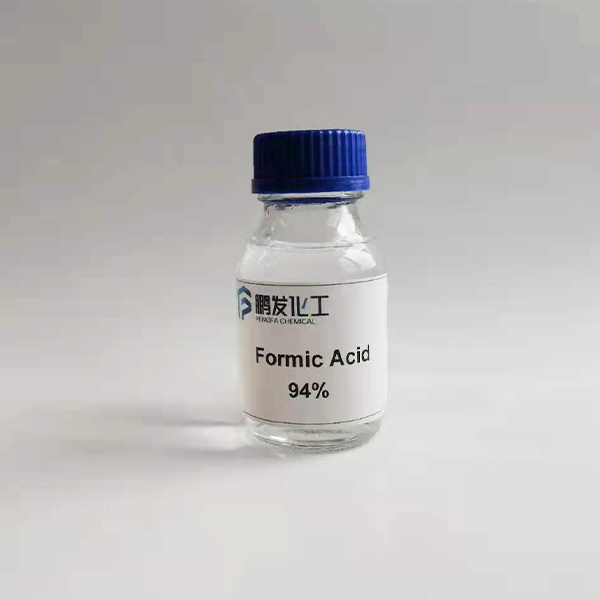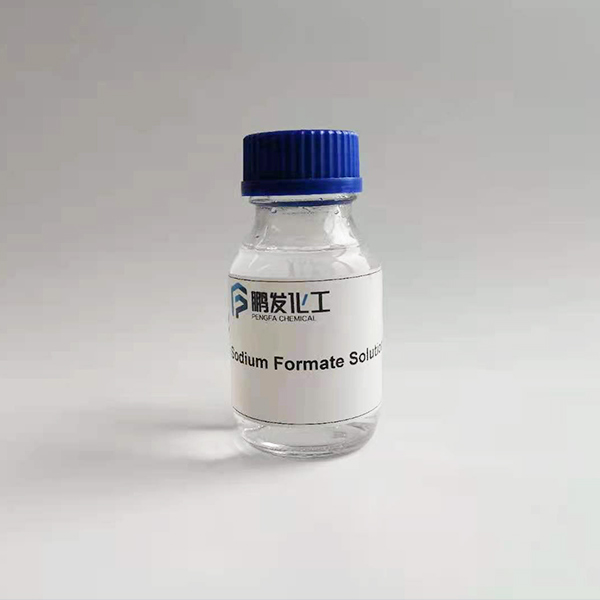What is the difference between glacial acetic acid and acetic acid
What is the difference between glacial acetic acid and acetic acid,
Acetic Acid, Glacial Acetic Acid, glacial acetic acid action and use, Glacial acetic acid manufacturers, glacial acetic acid use,
Quality specification(GB/T 1628-2008)
|
Analysis items |
Specification |
||
|
Super Grade |
First Grade |
Normal Grade |
|
| Appearance |
Clear and free of suspended matter |
||
| Colour(Pt-Co) |
≤10 |
≤20 |
≤30 |
| Assay % |
≥99.8 |
≥99.5 |
≥98.5 |
| Moisture % |
≤0.15 |
≤0.20 |
—- |
| Formic Acid % |
≤0.05 |
≤0.10 |
≤0.30 |
| acetaldehyde % |
≤0.03 |
≤0.05 |
≤0.10 |
| Evaporation Residue % |
≤0.01 |
≤0.02 |
≤0.03 |
| Iron(Fe) % |
≤0.00004 |
≤0.0002 |
≤0.0004 |
| Permanganate Time min |
≥30 |
≥5 |
—- |
Physicochemical properties:
1. Colorless liquid and irritating dour.
2. Melting point 16.6 ℃; boiling point 117.9℃; Flash point : 39 ℃.
3. Solubility water, ethanol, benzene and ethyl ether immiscible, insoluble in carbon disulphide.
Storage:
1. Stored in a cool, ventilated warehouse.
2. Keep away from the fire, heat. The cold season should maintain a temperature higher than 16 DEG C, to prevent solidification. During cold season, temperature should be maintained above 16 DEG C to prevent/avoid solidification.
3. Keep the container sealed. Should be separated from the oxidant and alkali. Mixing should be avoided by all means.
4. Use explosion-proof lighting, ventilation facilities.
5. Mechanical equipment and tools that prohibit the use of easy to produce sparks.
6. Storage areas should be equipped with emergency treatment equipment and suitable housing materials.
Use:
1.Derivative:Mainly used in synthetising acetic anhydride,acetic ether,PTA, VAC/PVA,CA,ethenone,chloroacetic acid,etc
2.Pharmaceutical:Acetic acid as solvent and pharmaceuticalraw materials, mainly used for production of penicilin G potas-sium, penicilin G sodium, penicillin procaine, acetanilide,sulfadiazine, and sulfamethoxazole isoxazole, norfloxacin,ciprofloxacin, acetyl salicylic acid, non phenacetin, prednisone,caffeine, etc.
3.Intermediate:acetate ,sodium hydrogen di,peracetic acid,etc
4.Dyestuff and textile printing and dyeing:Mainly used inproducing disperse dyes and vat dyes,and textile printing anddyeing processing
5. Synthesis ammonia: In the form of cuprammonia acetate,used in refining syngas to remove a litl CO and CO2
6. Photograph: Developer
7. Natural rubber: Coagulant
8. Construction industry: Preventing concrete from frezing9. In addtin also widely used in the water treatment, syntheticfiber, pesticides, plastics, leather, paint, metal processing andrubber industry


 First, the nature is different
First, the nature is different
1, ice acetic acid: is anhydrous acetic acid, acetic acid is one of the important organic acids, organic compounds.
2, acetic acid: is an organic monic acid, the main component of vinegar.
Second, different characteristics
1, glacial acetic acid: it solidifies into ice at low temperature, commonly known as glacial acetic acid. The volume expansion during solidification may cause the container to rupture. The flash point is 39℃, the explosion limit is 4.0% ~ 16.0%, and the maximum allowable concentration in the air does not exceed 25mg/m3. Pure acetic acid will freeze into ice-like crystals below the melting point, so anhydrous acetic acid is also called glacial acetic acid.
2, acetic acid: contains 98% glacial acetic acid, relative density (water is 1) : 1.050; Viscosity (mPa.s) : 1.22 (20℃); Vapor pressure at 20℃ (KPa) : 1.5; Appearance and smell: Colorless liquid with pungent acetic acid smell.
Three, different uses
1, glacial acetic acid: mainly used for the synthesis of vinyl acetate, acetate fiber, acetic anhydride, acetate, metal acetate and halogenated acetic acid. It is also an important raw material for pharmaceutical, dye, pesticide and other organic synthesis.
2, acetic acid: can be used as acidity regulator, acidifier, pickling agent, flavoring agent, spices, etc.








